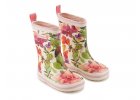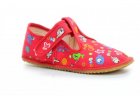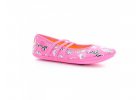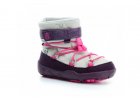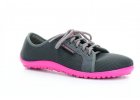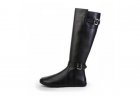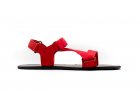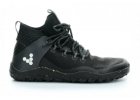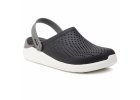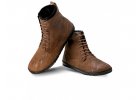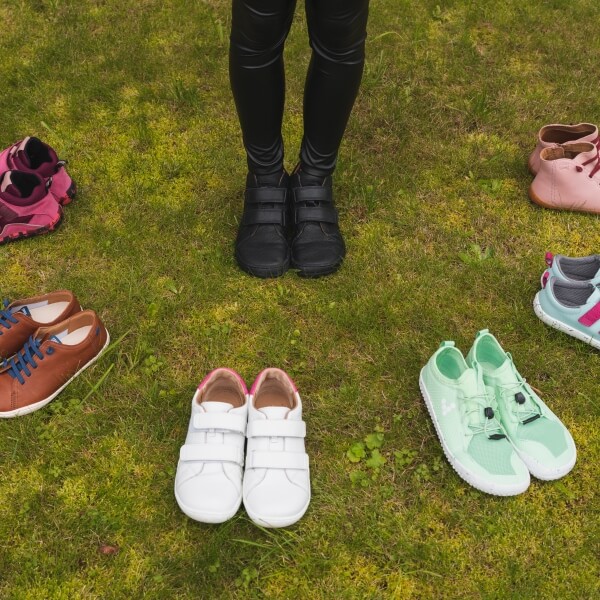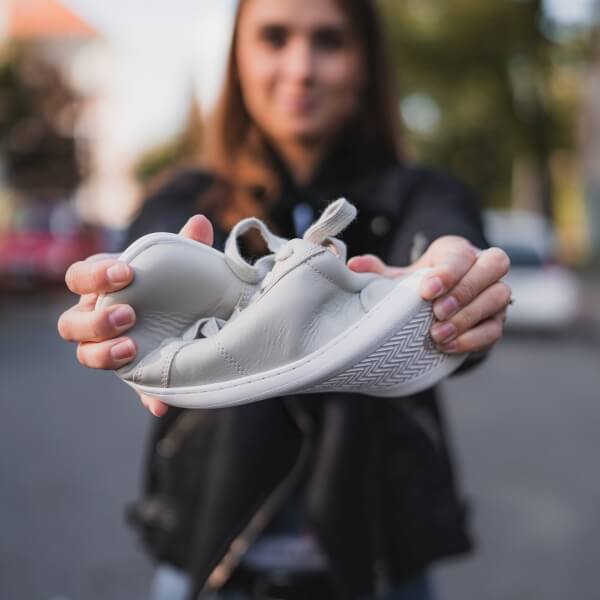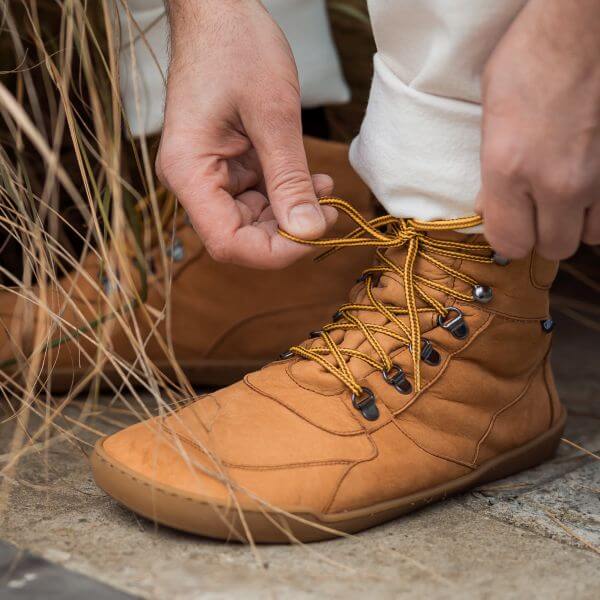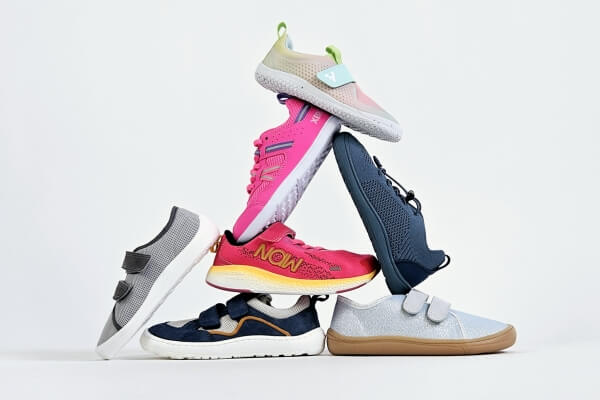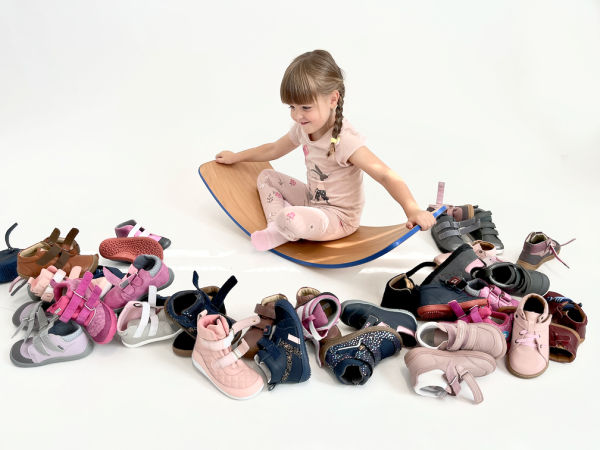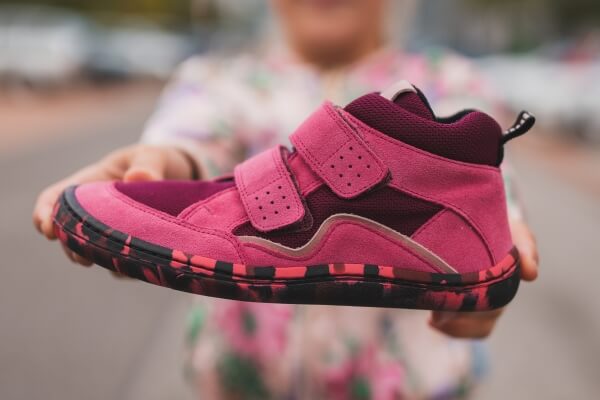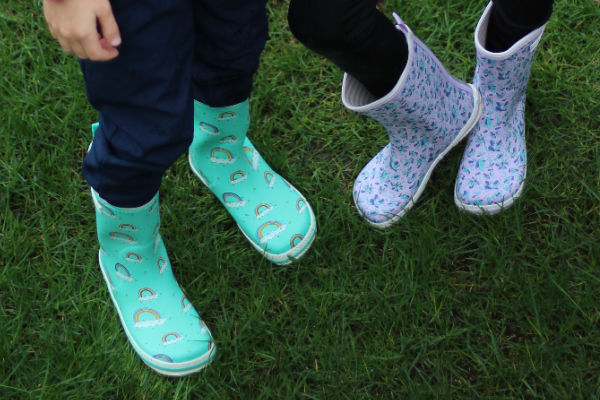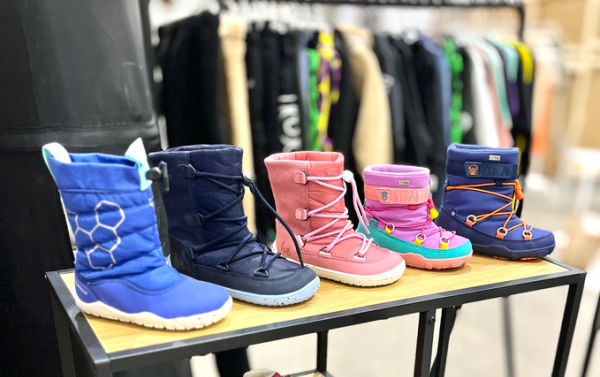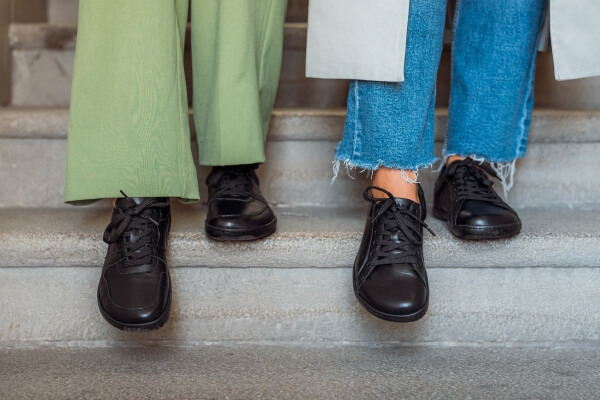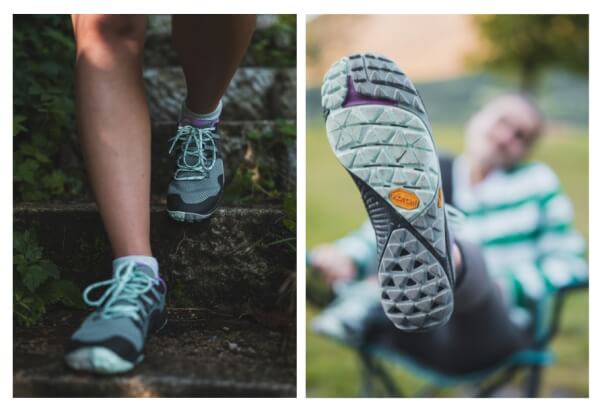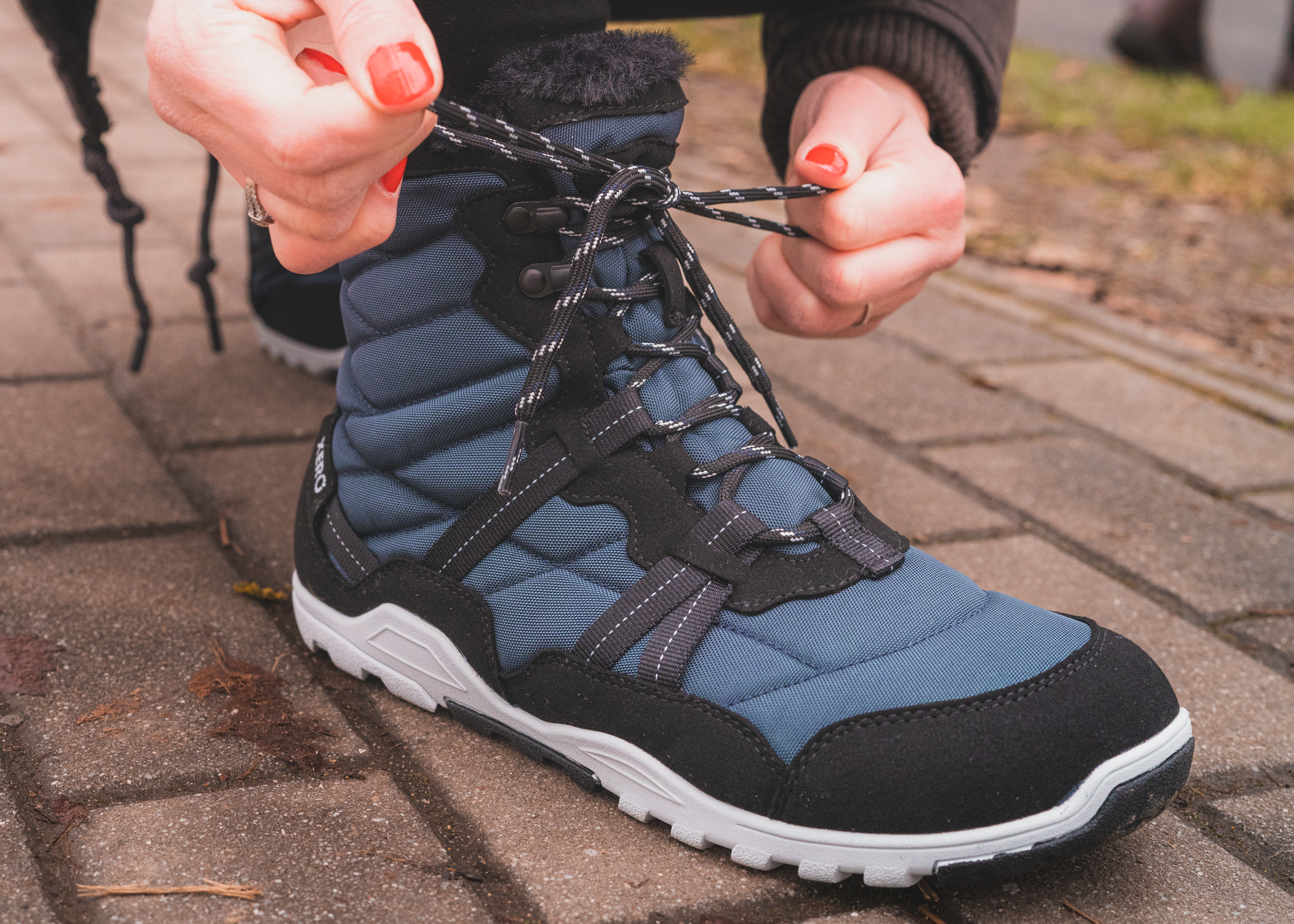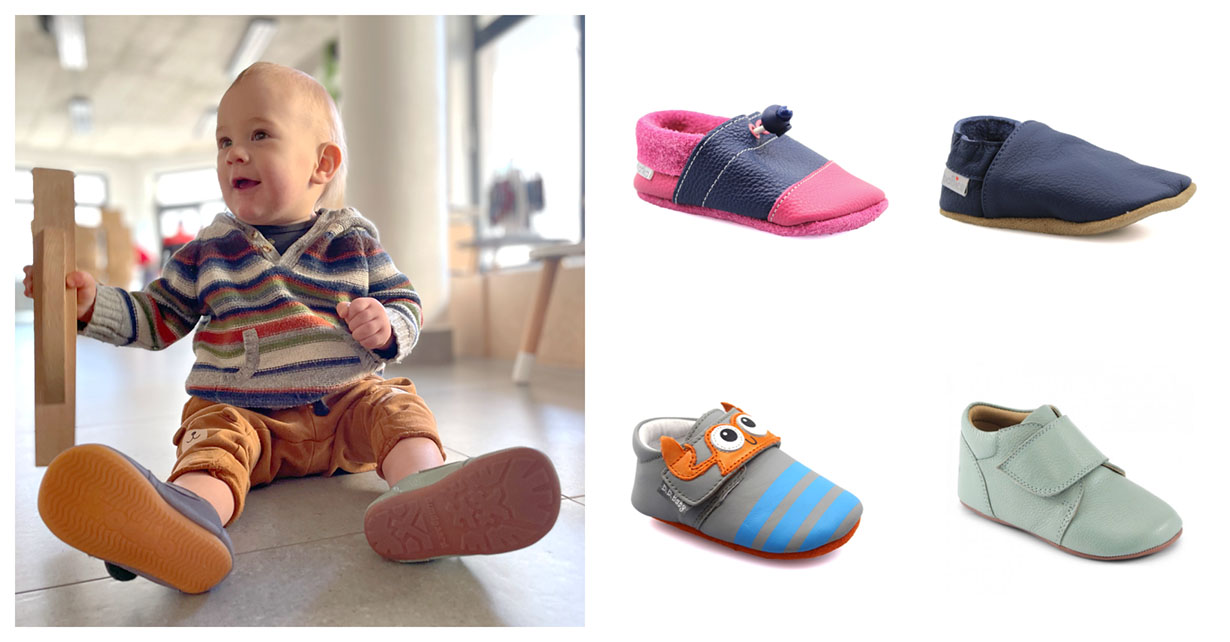Honestly, you're going downhill! And we mean that literally. At least if you wear high heels, boots, or any other high-heeled shoes. Do you remember your first desperate attempts to keep balance on the thinnest heels? Your body was clearly giving signals that it wasn't in its natural position, but you still wanted to go out in your prettiest pumps at all costs.
If things don't go straight downhill with you, you may have a life like a seesaw. Elevated heel, raised toe, arched foot, that's roughly how most athletic shoes (and not just those) are shaped. It doesn't have to be extreme, even minor elevations on one side or the other (or in the worst case, both) can lead to health complications.
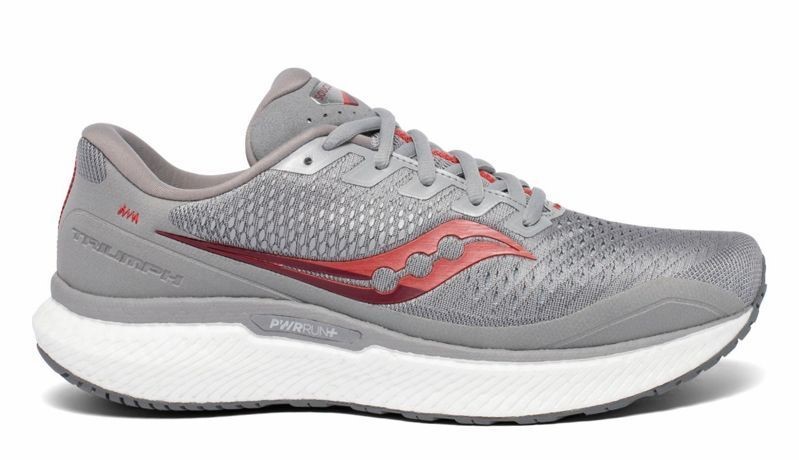
Quality support is the key
In addition to movement, our feet serve us primarily to maintain balance. The fundamental pillar of stability is proper support, for which, as we were taught in school, we need at least three points of support (between which is the center of gravity). These are found on the foot, specifically the bump of the heel bone, the head of the first metatarsal (instep bone), and the head of the fifth metatarsal.
These points are connected by a transverse and longitudinal arch. The arches both protect the foot and ensure flexibility of the foot. The transverse arch runs from the head of the first metatarsal to the head of the fifth metatarsal. The longitudinal arch connects the bump of the heel with two other points.
Body as a complex system
In shoes with a raised tip, the toes point upwards into the air. When the foot doesn’t have support, the weight shifts more to the back of the foot, and the transverse arch loses its function. This results in not only overloading but also a complete posture change.
The body copes with the weight transfer backward by extending of knees, sticking the buttocks out, and flexing the lumbar spine. The inner abdominal muscles weaken, and the belly sticks out. In this position, knees, ankles, hipbones, spine, and shoulders suffer… This can lead from various pains to permanent damage.
The elevated heel similarly points weight forward into joints and instep. Again, it comes with overloading and weakening of the transverse arch, collapsing of ankles, caving of knees (legs form X), hip rotation, and tilting of the spine … The forces also put pressure on the big toe bones, which over time can create a bunion (hallux valgus).
If you suffer from backache, weak knees, or a bulging belly, the possible cause may be the inappropriately chosen footwear, in which the center of gravity is shifted from the optimal position.
What is a zero drop?
Suitable shoes have a zero gradient between heel and toe tip - zero drop. They allow the foot to rest on all three supportive points, allowing the arches to work actively. The correct functionality of the entire musculoskeletal system depends on this.
Zero drop is a typical feature of barefoot shoes. That is why we can recommend them to children from their first steps, because when else to start with good habits than from the very start of walking. Of course, even the damaged areas can be gradually regenerated (you just have to be willing to start), so switching to barefoot shoes won’t be a mistake for women or men of all ages. We have several thousand pairs in stock, and we can deliver them within the next day. Our comparative reviews will help you choose or talk to us in person.



